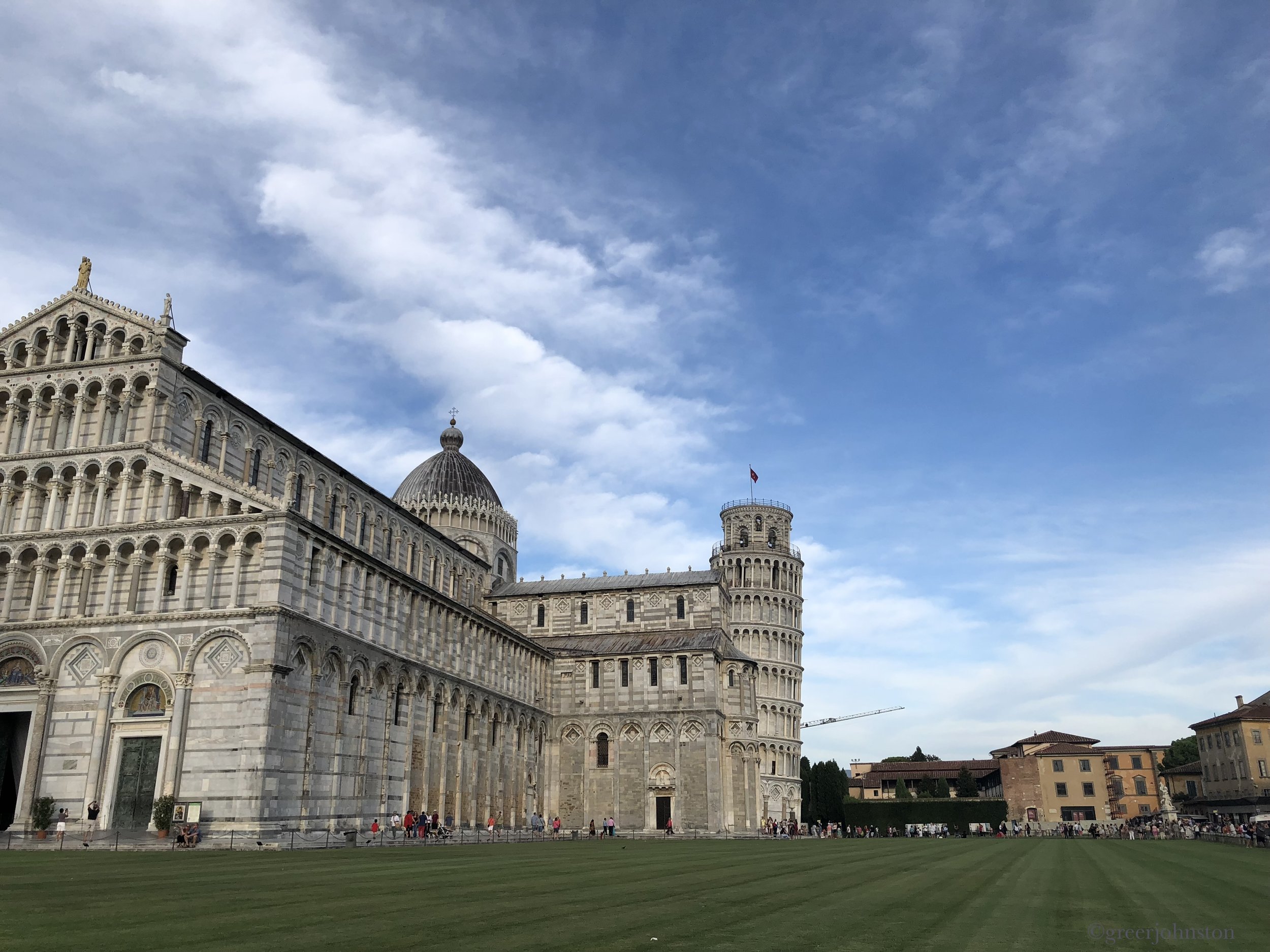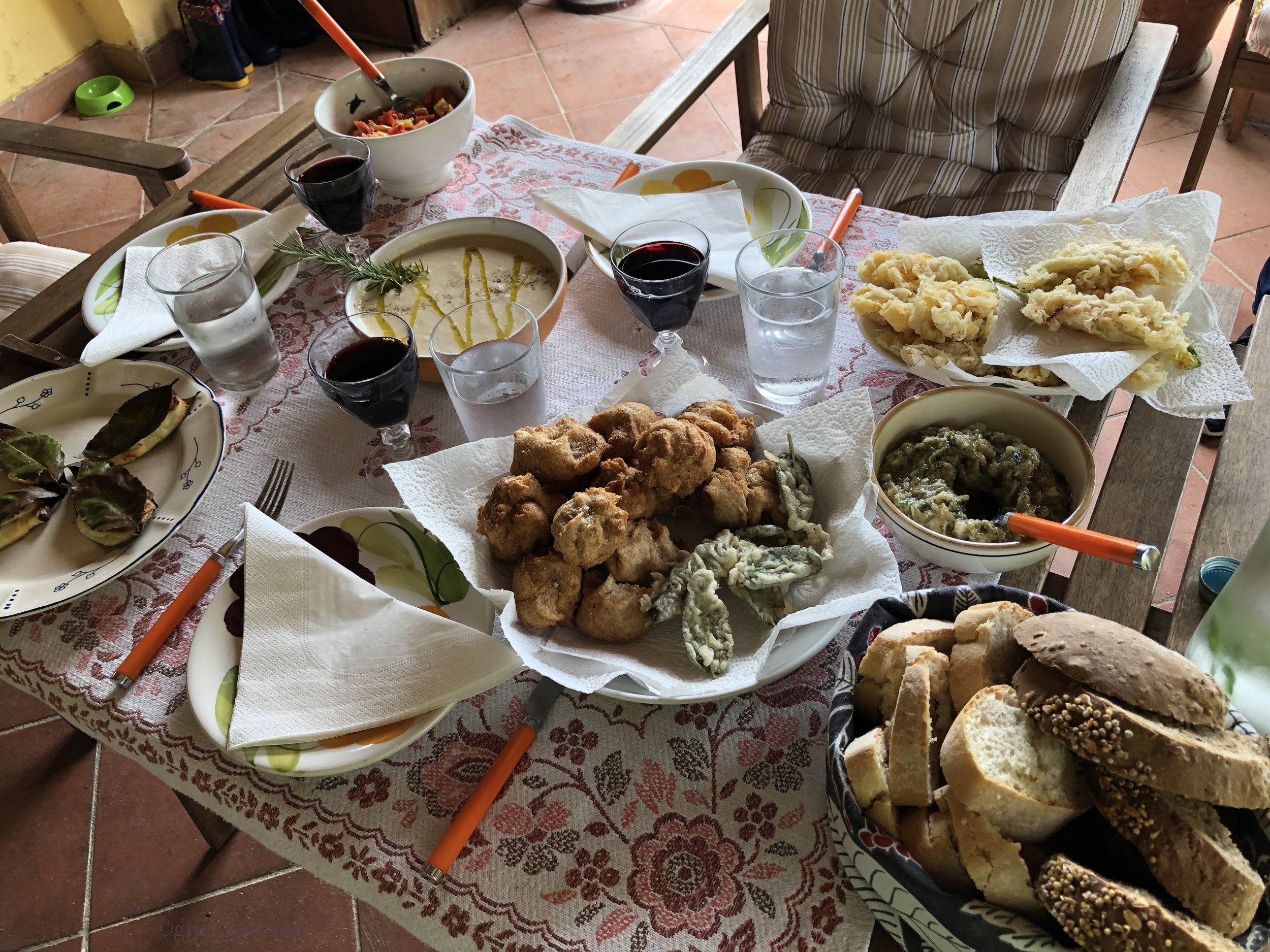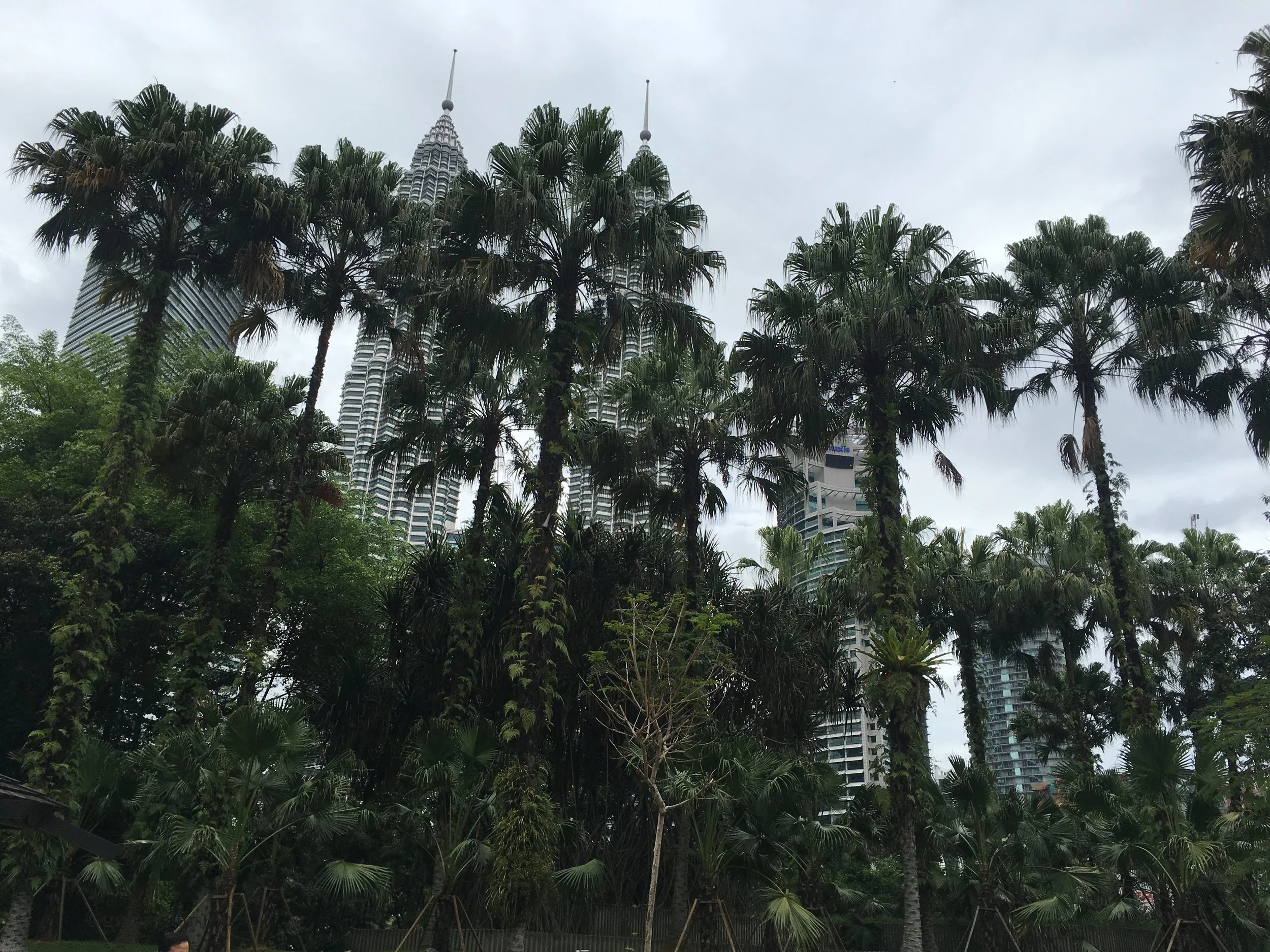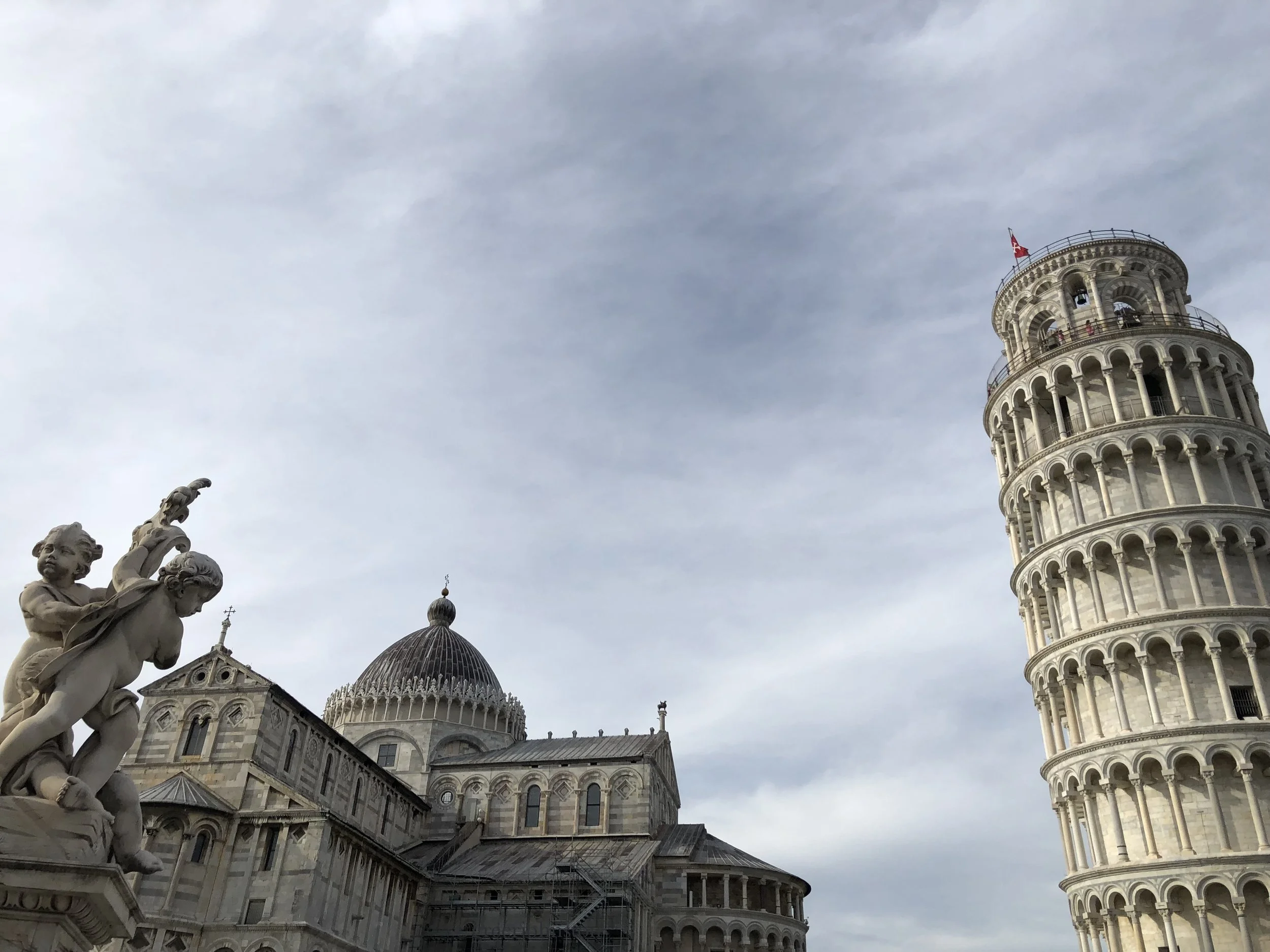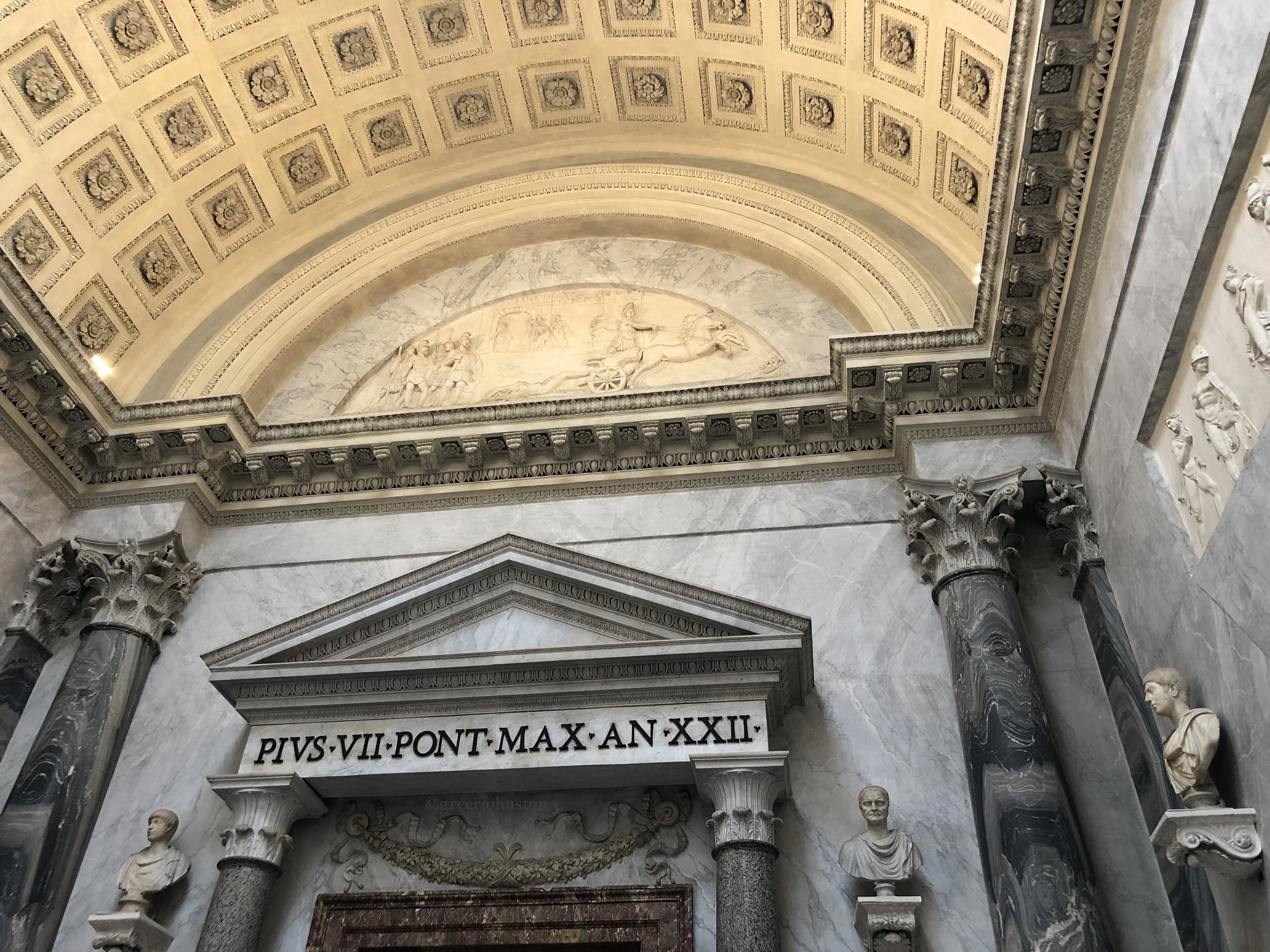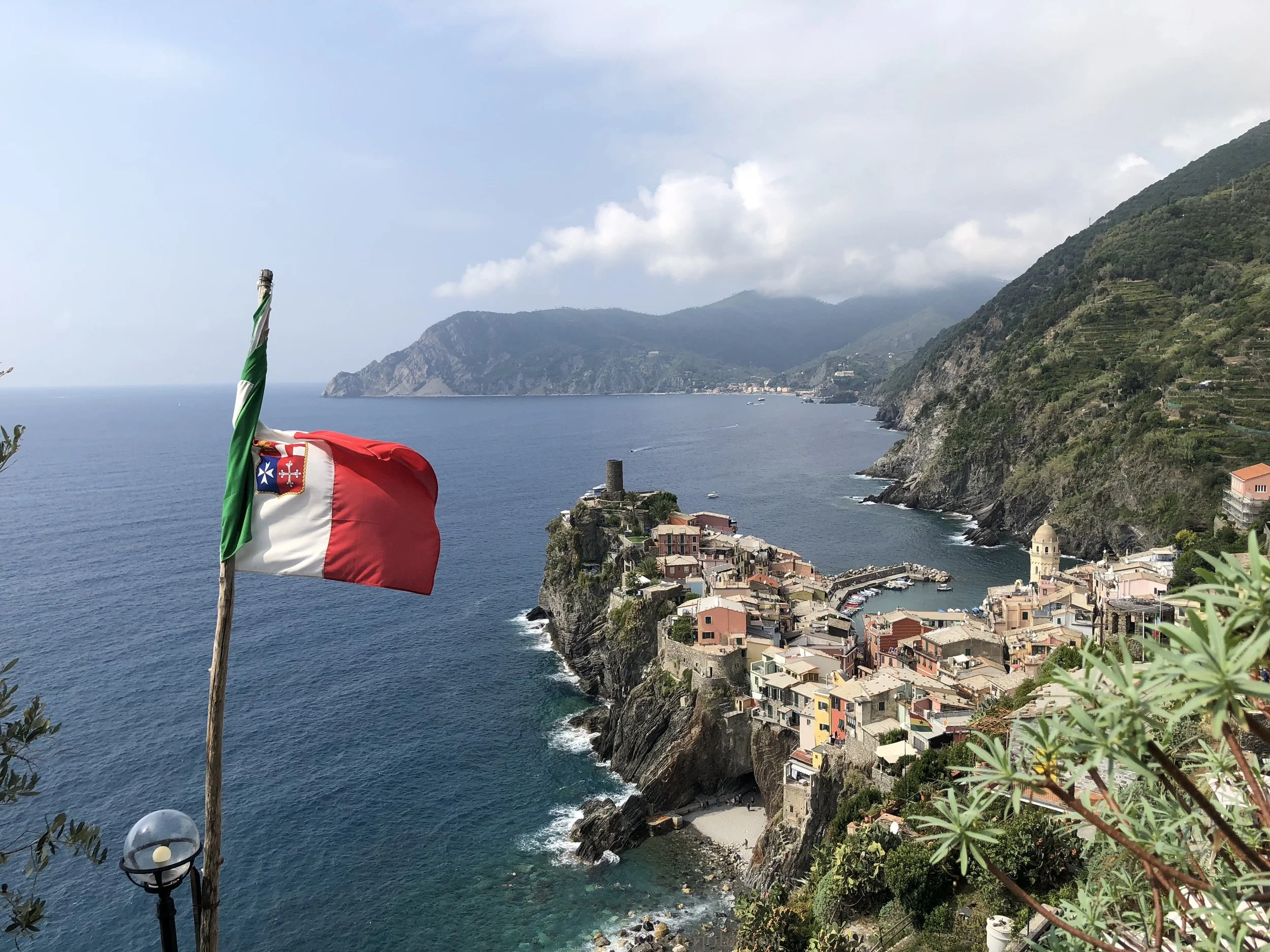Regioni d'Italia - Toscana
Next on our tour through the 20 regions of Italy is Toscana, or Tuscany, as it’s known in English. This region encompasses what one might dub the “quintessential” images of Italy: the endless rolling hills of vineyards, warm sunsets on burnt orange country houses, Renaissance sculptures lining the streets of Florence, or Firenze, in Italian. And while much of that is true, Toscana cannot define Italy just as that one description cannot define Toscana. This region stretches, yes from the wine producing hills but also to the Tyrrhenian Sea, where it boasts a number of port towns and cities, including Livorno, and significantly, has its own archipelago of islands including the largest, Elba. One guess says strikingly beautiful port cities and turquoise-clear island beaches may not have been the first images to pop into your mind when someone says: Tuscany.
The characteristic hillsides that come to mind
Another place that may not be the first image you think of? The Leaning Tower of Pisa. But yes, it also calls Tuscany home. And while I am guilty of having only briefly stopped through Pisa to strike a pose with the gravity-challenging site, I must say that it was incredibly cool to actually see it in person. If you ever have the chance, I would greatly recommend to get off of the train to see it for yourself, and have a walk around the city as well.
The Leaning Tower peaking out from behind the Pisa Cathedral
Having been to Toscana a few times, I have sadly not yet hopped around the islands or relaxed by the coast, but I have gone wine-tasting in the countryside and wandered for hours through Firenze’s many museums. And so we must ask ourselves: why can this one perspective of Toscana dominate not just the global opinion about what constitutes Tuscany, but Italy as a whole? Well one important aspect to know is that prior to the 1850s, what is today known as Italy was simply a peninsula home to a variety of kingdoms and duchies and city-states that over time warred and made peace, formed alliances and broke apart. This is one reason why we see such differences between Italian regions today: between their cuisine, between their traditions, and between both their regional languages and their regional dialects of the Italian language, which are two unique concepts altogether.
Now, to keep a very long story short, let’s imagine that back in the 1300s, all of these different regions are speaking their own languages and dialects, and to communicate with one another, they must do so in Latin. Then Dante Alighieri comes along, and writes the Divine Comedy (La Divina Commedia) in the Tuscan language instead. His work goes on to be promulgated across the Italian peninsula, a major factor in establishing this Tuscan language as the common language, eventually becoming the standard Italian language we know today. And this legacy would have a ripple effect for Tuscany, in particular Florence, which of course in the following three or four hundred years or so would become home to the Italian Renaissance: Michelangelo, Da Vinci, Galileo. Those guys.
So what about Tuscany today? After a few visits, I must say that my experiences fall into that picture-perfect postcard of rolling hills and glasses of red wine, stereotypical Tuscan experience, which I recount here with the condition that we remember that this is certainly not the only Tuscan experience.
My first experience in Tuscany was a wine tasting in the countryside organized by my university when I was studying abroad. It was a “cultural experience,” we can say, alongside excursions to other Tuscan highlights such as the historically important city of Arezzo and a boat ride on the Lago Trasimeno.
Only a few weeks after that first introduction, I found myself back in Tuscany with some uni friends, this time in Firenze, the capital of the region and home to the Renaissance. We visited the famous Cattedrale di Santa Maria di Fiore, also known as the Duomo. We even very naively decided to climb to the top of the dome, the cupola, on a very warm day and, unbeknownst to us ahead of time, a very tight, steep, sweaty way to the top. The Duomo is instantly recognizable for its unique exterior of geometric lines of pastel colors. We walked along the bridges of the Arno, including the famous Ponte Vecchio, and we even caught an impromptu rock concert in the Piazza del Duomo, just outside the cathedral. It was a fabulous introduction to Florence.
That Tuscan glow
I returned to Firenze a few years later, and I’m glad to have had the opportunity to explore deeper, to approfondire, as we say in Italian, this city, its history, and this region. In Firenze, we visited one of its most famous residents, the David, the 17-foot marble statue carved by Michelangelo in 1504 and currently housed in the Galleria dell’Accademia. Truthfully it is hard to put into words the experience to be in the towering presence of David. It is really a magnificent sculpture, with a huge presence physically and emotionally.
We also wandered our way through the Galleria degli Uffizi, where we admired works such as Sandro Botticelli’s The Birth of Venus, Caravaggio’s Medusa, and Judith Beheading Holofernes by Artemisia Gentileschi. I won’t take up too much more space here given that I have covered my experiences in Florence pretty well in its own blog post that you can read here.
Walking through the Galleria degli Uffizi
On this same trip, we also took the train to the countryside to have a cooking class in a private home, which was a very cool experience. There are, of course, several important dishes to the Tuscan cuisine but if we must generalize, I would say that what comes to my mind when I think of Tuscany is steak and red wine. Even so, as a vegetarian I didn’t have any problems eating well. Tuscan food feels very connected to the earth, to the land, the terra.
Our fabulous Tuscan feast
While I do feel that I have had quite a few Tuscan experiences, there are some places I have not yet had the chance to discover. Beyond the islands previously mentioned, there are also the smaller towns and cities of Lucca, Siena, San Gimignano, Carrara, Montepulciano, and the wine-producing region of Chianti.
What I have learned through my experiences is that Tuscany, just like every region in Italy, is so much more than the first image that comes to mind. Just like Italy is so much more than just one image, one moment. It is full of histories and stories and moments and meetings that over centuries have led to the places we find today. And what’s amazing to think about is that what we see today is not fixed or carved in stone. These places are still in flux, evolving with new meetings and influences and discoveries. What amazing possibilities there are for the centuries to come.
Note: The header photo shows the sunset over the Arno River, Florence.



